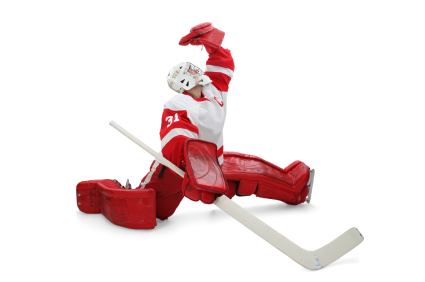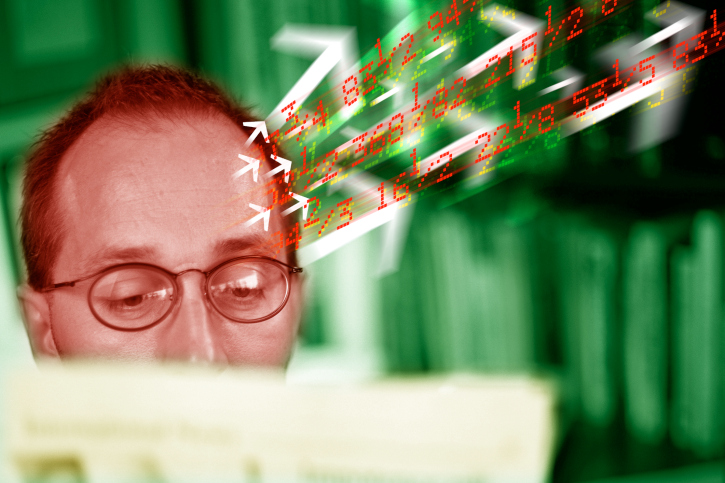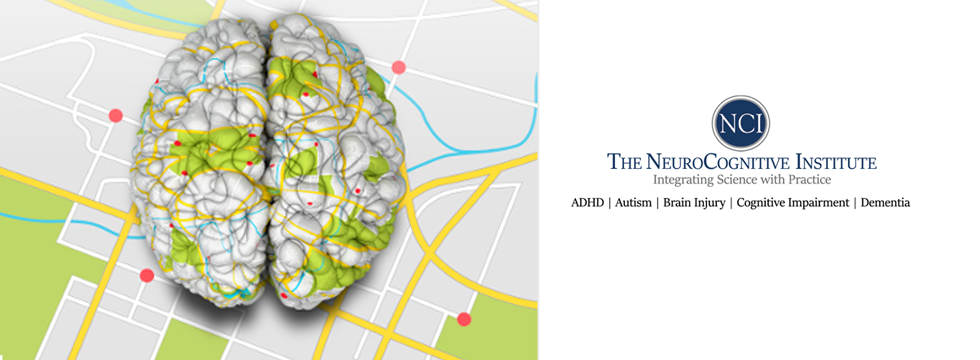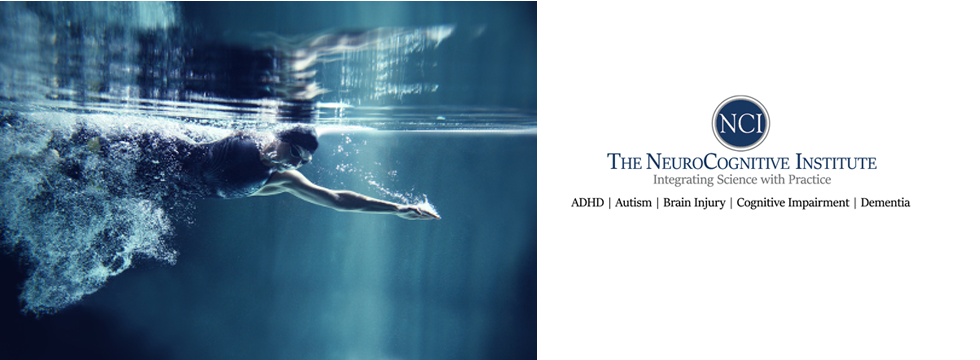Cognitive and Motor Performance Enhancement

Research on the use of non-invasive neuromodulation to enhance cognition and motor performance has soared over the past two decades (see related neuromodulation enhancement articles below), Some very informative studies have been conducted and much has been learned in this branch of neuroscience research. Similar to all other scientific studies – many questions remain unanswered.
Yet – this burgeoning field of applied neuromodulation techniques has reached a stage where various neuromodulation protocols have been established to enhance specific cognitive processes such as concentration vs. fluid reasoning and different motor processes (e.g. dexterity vs. endurance).
At The NeuroCognitive & Behavioral Institute’s Clinical Research Foundation, we have been studying performance enhancement effects from different forms of non-invasive neuromodulation such as tACS, tDCS tRNS and EEG Neurofeedback on cognition, strength, endurance and coordination.
In one of our cognitive enhancement studies, NCBI’s team of researchers have developed a Computer Brain Interface (CBI) that can detect optimal cognitive performances from sub-optimal performances while the research participants performs different cognitive tasks during functional brain mapping. Once the key neurophysiological processes have been identified differentiating the optimal from the sub-optimal performance – the CBI provides the precise neuromodulation protocol to enhance the brain’s ability to perform optimally decreasing the neurophysiological processes causing the sub-optimal performances.
In some of the other enhancement programs we have been studying different neuromodulation protocols to improve athletic performance. Some of these protocols aim at improving explosive power, others enhanced endurance and improved coordination.
Neurofeedback has a long history over the past 40 years in treating a variety of cognitive and neuropsychiatric disorders. We encourage the interested reader to browse our Further Reading selection for references that provide in-depth information into this unique treatment modality for cognitive disorders. In addition to using Neurofeedback as a treatment intervention, the clinicians and researchers at NCBI use various neurofeedback protocols to enhance cognition and performance in healthy individuals. Neurofeedback has been successfully applied and used with non-medical populations; bringing students, athletes, scientists, artists such as musicians and dancers, as well as, business executives to new higher levels of performance that would not have been achievable without this technology.
Peak Performance and Neuromodulation
Here’s an interesting Vogue Magazine article on Neurofeedback; Wired for Victory
Peak performance and cognitive enhancement training through Neurofeedback is based on the known neuroscientific principles that various cognitive states such as information processing speed and quick reaction times, consistently sustaining attention over long periods of time, simultaneous processing of multiple units of information and creativity are represented by different EEG patterns projected from electrodes placed on the scalp. These EEG patterns can be captured and reinforced using Neurofeedback. As a result – cognitive functions such as reaction time, working memory and executive functions, as well as, creativity and problem solving can be substantially enhanced.
For instance, reaction time is in part – based on the speed of the cortex’s ability to desynchronize when confronted with an event and re-synchronize in preparation for the next event. Event related desynchronization has been studied extensively over the past 30 years. Synchronization/ desynchronization cycles can be trained with EEG Neurofeedback resulting in improved psychomotor speed reducing an individual’s reaction time – a critical element separating good performers from great performers. Similarly, error reduction, attention, working memory and executive functions including decision making and problem solving can be enhanced via Neurofeedback training to significantly improve academic and vocational performance. NCBI is one of the few institutes with the technology capable of using Phase Rest protocols to significantly increase reaction time, information processing and visuomotor processing speed in youth, collegiate, semi and professional athletes.
We have individual cognitive enhancement training protocols for a wide range of athletes and positions. For example, some athletic functions are critically dependent on extremely quick reaction times such as baseball batters and goalies; whereas other positions and functions require the successful athlete to quickly evaluate, inhibit low success options while making and executing good decisions. Improving this process by half of a second separates stars from superstars.
Creativity and Neuromodulation
 Other training protocols focus on enhancing creativity and the integration between visualization and motor performance. Creativity in artistic performances is another cognitive domain that can be enhanced through Neurofeedback. This usually involves increasing the ratio between theta (4-8 Hz) and alpha (8-12 Hz). This is a widely used peak performance protocol. Recent studies have contributed to the understanding of how this performance protocol results in achieving successful outcomes in various artistic performers as rated by judges blinded to the experimental conditions. For instance, the protocol we use at NCBI for enhancing musicality and other artistic categories such as interpretative imagination have been replicated numerous times. This type of Neurofeedback training has led to over a 50% improvement within the musical conservatory assessment system based on prior artistic performance studies.
Other training protocols focus on enhancing creativity and the integration between visualization and motor performance. Creativity in artistic performances is another cognitive domain that can be enhanced through Neurofeedback. This usually involves increasing the ratio between theta (4-8 Hz) and alpha (8-12 Hz). This is a widely used peak performance protocol. Recent studies have contributed to the understanding of how this performance protocol results in achieving successful outcomes in various artistic performers as rated by judges blinded to the experimental conditions. For instance, the protocol we use at NCBI for enhancing musicality and other artistic categories such as interpretative imagination have been replicated numerous times. This type of Neurofeedback training has led to over a 50% improvement within the musical conservatory assessment system based on prior artistic performance studies.
Neurofeedback is an ‘active’ form of neuromodulation where the participant has to learn to modulate a particular neurophysiological state. Other forms of neuromodulation are passive such as tDCS, tACS tRNS, tODCS and TMS.
Brilliance on Demand Training
These passive neuromodulation interventions are also being used in our Brilliance on Demand training programs at NCBI. For instance, Transcranial Direct Stimulation (tDCS) is a non-invasive brain stimulation and neuromodulation technique. Although most of the research with tDCS has focused on investigating the possible uses of tDCS as an intervention for the treatment of many neurological and psychiatric disorders; other researchers have investigated its potential in cognitive enhancement. tDCS is a safe and effective method of passing a weak current through the scalp to alter the firings of neurons in the cortex. Unlike Neurofeedback, tDCS allows you to immediately ‘turn-on’ (or off) selected brain regions.
 For example – in one study 60 participants were asked to solve a series of arithmetic based problems. Participant were first ‘primed’ by giving them a set of problems that required one solution to solve all the problems they were given. We know that once individuals solve a problem, they often struggle to generate new solutions when the problem becomes more complex. In other words – the key to creativity and problem solving is freeing oneself from prior ideas; not necessarily generating new ideas. In this experiment, only 20% who did not receive the problem-solving tDCS protocol solved the new more complex problem; whereas 60% in the treatment group successfully solved the problem. Creativity and problem-solving studies such as these have been replicated across various contexts and this technology is being investigated for use in different settings such as the military, executive management training programs and at scientific institutions.
For example – in one study 60 participants were asked to solve a series of arithmetic based problems. Participant were first ‘primed’ by giving them a set of problems that required one solution to solve all the problems they were given. We know that once individuals solve a problem, they often struggle to generate new solutions when the problem becomes more complex. In other words – the key to creativity and problem solving is freeing oneself from prior ideas; not necessarily generating new ideas. In this experiment, only 20% who did not receive the problem-solving tDCS protocol solved the new more complex problem; whereas 60% in the treatment group successfully solved the problem. Creativity and problem-solving studies such as these have been replicated across various contexts and this technology is being investigated for use in different settings such as the military, executive management training programs and at scientific institutions.
Our Brilliance on Demand programs applies tDCS and tACS for immediately enhancing cognitive functions such as working memory, sustained attention, creativity and problem solving.
At The NeuroCognitive & Behavioral Institute, our researchers are investigating the use of tCDS-guided Neurofeedback in an effort to acquire long-term and permanent brain changing results in the fewest number of training sessions.
Here’s a video showing the use of Neurofeedback to help athletes find and maintain focus:
Inquire about Brilliance on Demand
Feel free to call NCBI and arrange for a presentation of these new world neuroscience training protocols for your students, executives, athletes and performers. We come on site and perform all the evaluations and training. We have successfully implemented these services at elite athletic training camps, music and acting programs, college athletic programs and many other venues. We have both individual and team programs. All training programs are customized for the individual and start with a comprehensive neuropsychological and neurophysiological assessment by our medical director. NCBI’s Brilliance on Demand services are available throughout North America. We offer fee for services as well as comprehensive services pricing packages.
Scientific Reading:
All documents open in a a new window / tab, please select to view / download.
- Transcranial direct current stimulation over multiple days enhances motor performance of a grip task
- Cortical beta oscillations are associated with motor performance following visuomotor learning
- Effects of Transcranial Alternating Current Stimulation on Cognitive Functions in Healthy Young and Older Adults
- Bilateral extracephalic transcranial direct current stimulation improves endurance performance in healthy individuals
- Advances in the Use of Biofeedback and Neurofeedback for Optimal Performance
- Validating the efficacy of Neurofeedback for optimizing performance.
- Neurofeedback for the Enhancement of Athletic Performance and Physical Balance.
- What is Neurofeedback: An Update, Journal of Neurotherapy: Investigations in Neuromodulation, Neurofeedback and Applied Neuroscience
- Athletes Are Different: Factors That Differentiate | Biofeedback/Neurofeedback for Sport Versus Clinical Practice
- Effecting Peak Athletic Performance with Neurofeedback, Interactive Metronome
- Biofeedback Reaction-Time Training: Toward Olympic Gold
- Traumatic Brain Injury Rehabilitation: QEEG Biofeedback Treatment Protocols



